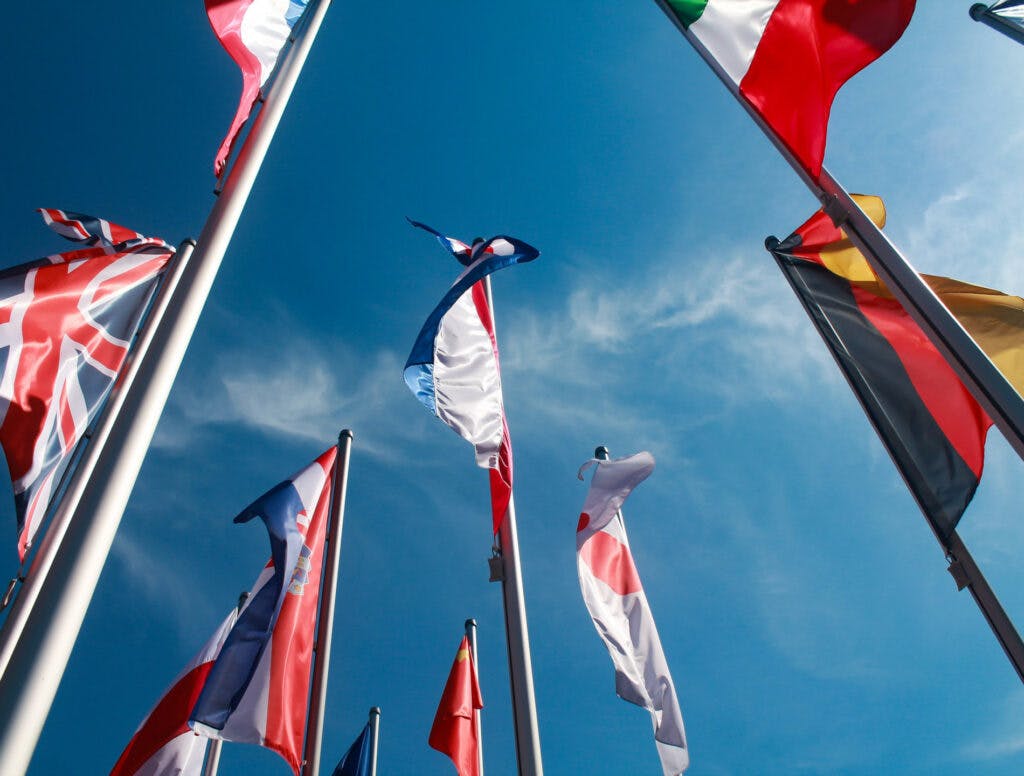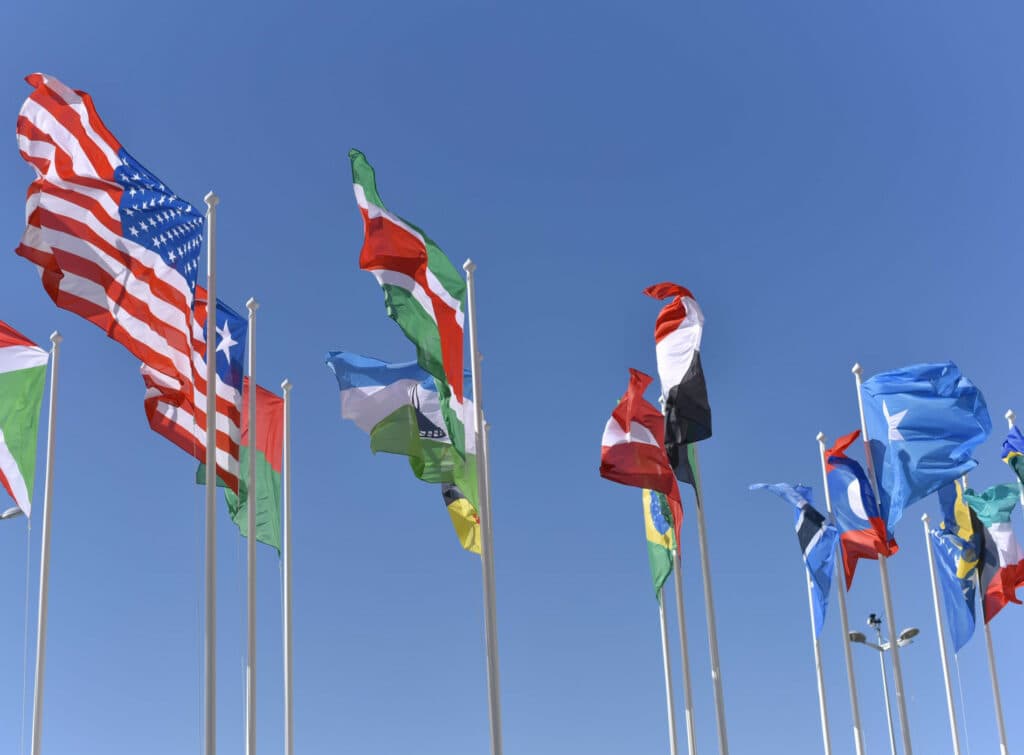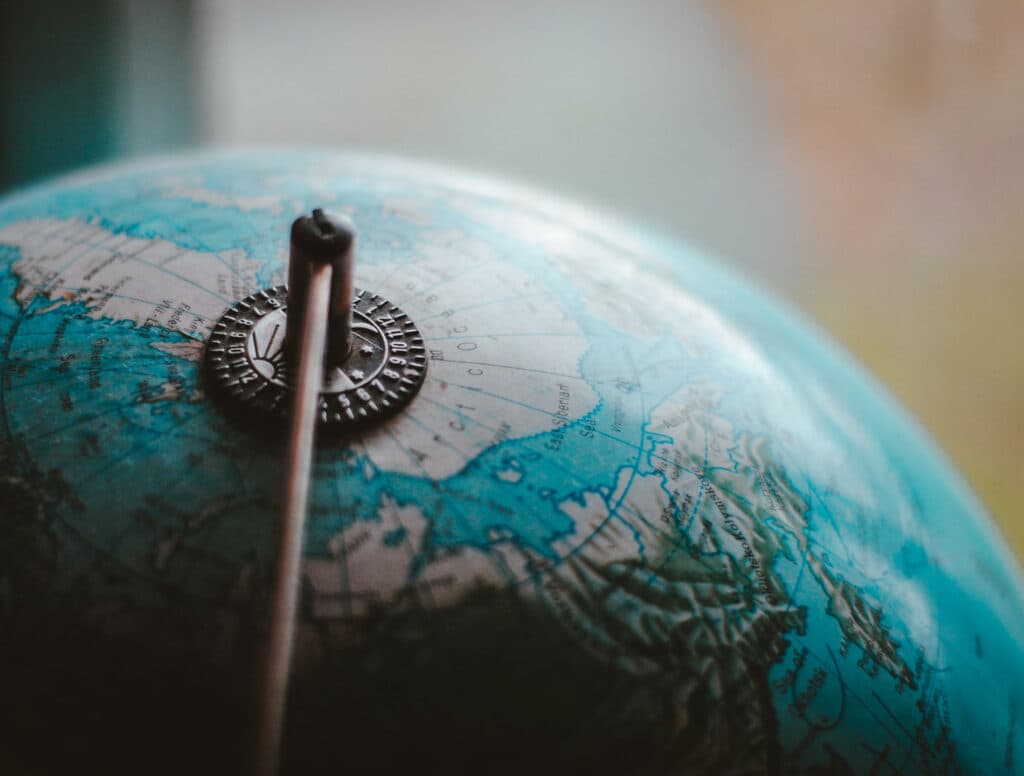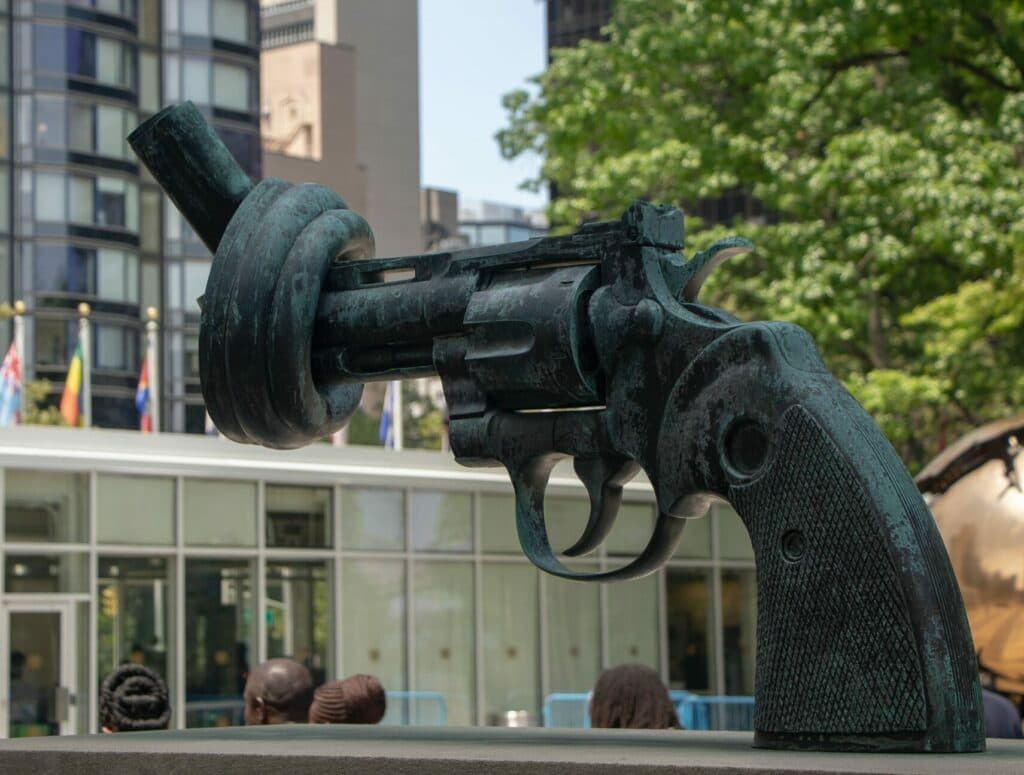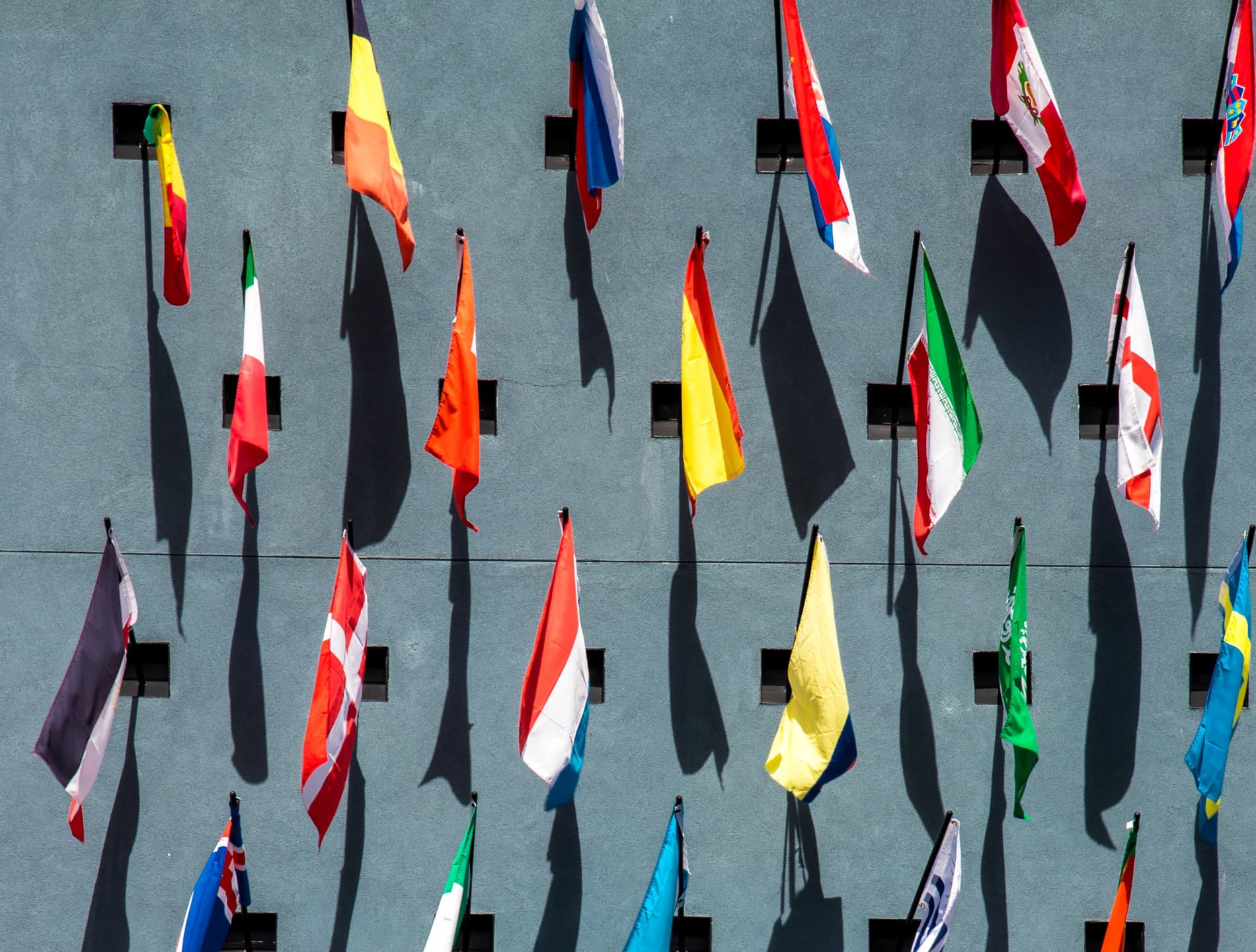
International human rights law
The rules of international law that protect everyone and at all times.
International human rights law, which also applies in situations of conflict, sets out the basic protections that all individuals are entitled to. It is the duty of states to respect, ensure, and fulfil these rights.
International human rights law is the body of international law that promotes and protects human rights at the international and domestic levels.
As a form of public international law, international human rights law is primarily made up of treaty law – legally binding agreements between state parties – and customary international law – rules of law derived from the consistent practice of states.
While international treaties and customary law form the mainstay of international human rights law, other instruments, such as declarations, guidelines, and principles adopted at the international level contribute to its understanding, implementation, and development.
Enforcement of human rights law
Enforcement of international human rights law can occur at either a domestic or an international level. States that ratify human rights treaties commit to respecting, protecting, and fulfilling those rights, and ensuring that their domestic law is compatible with international standards.
When domestic law fails to provide a remedy for human rights abuses, injured parties can turn to international mechanisms, such as regional human rights courts, for remedy.
Human rights law and IHL
International human rights law is closely related to, but distinct from, international humanitarian law (IHL). They are complimentary since the substantive norms they contain are often similar or related.
However, international human rights law applies at all times, including during situations of emergency and conflict. International humanitarian law, however, only applies to armed conflicts, including occupation. Thus, during conflicts, both legal regimes apply in tandem.
Modern development of human rights
Modern international human rights law has developed since the United Nations Universal Declaration of Human Rights (UDHR) was adopted in December 1948. Drafted as 'a common standard of achievement for all peoples and nations', the Declaration spells out civil, political, economic, social, and cultural rights that all human beings are entitled to. It has been widely accepted as providing the fundamental norms of human rights that everyone should respect and protect.
The UDHR, the International Covenant on Civil and Political Rights (ICCPR) and its two Optional Protocols, and the International Covenant on Economic, Social and Cultural Rights (ICESCR) form the International Bill of Human Rights.
Since 1945, a series of international human rights treaties and other instruments have been adopted. These include:
- the Convention on the Prevention and Punishment of the Crime of Genocide (CPCG);
- the Convention Relating to the Status of Refugees (CSR);
- the Convention on the Elimination of All Forms of Racial Discrimination (CERD);
- the Convention on the Elimination of All Forms of Discrimination Against Women (CEDAW);
- the United Nations Convention Against Torture (CAT);
- the Convention on the Rights of the Child (CRC);
- the International Convention on the Protection of the Rights of All Migrant Workers and Members of their Families (ICRMW);
- the Convention on the Rights of Persons with Disabilities (CRPD);
- the International Convention for the Protection of All Persons from Enforced Disappearance (ICCPED).
In addition to the International Bill of Rights and the core human rights treaties listed above, there are many other universal instruments relating to human rights.
State obligations and procedure
International human rights law includes obligations which states are bound to respect. When they ratify international human rights treaties, governments commit to put in place domestic measures and legislation compatible with their treaty obligations. By becoming parties to international treaties, states assume obligations and duties under international law to respect, protect, and fulfil human rights.
The ‘obligation to respect’ means that states must refrain from interfering with or curtailing the enjoyment of human rights. The ‘obligation to protect’ requires states to protect individuals and groups against human rights abuses. The ‘obligation to fulfil’ means that states must take positive action to facilitate the enjoyment of basic human rights.
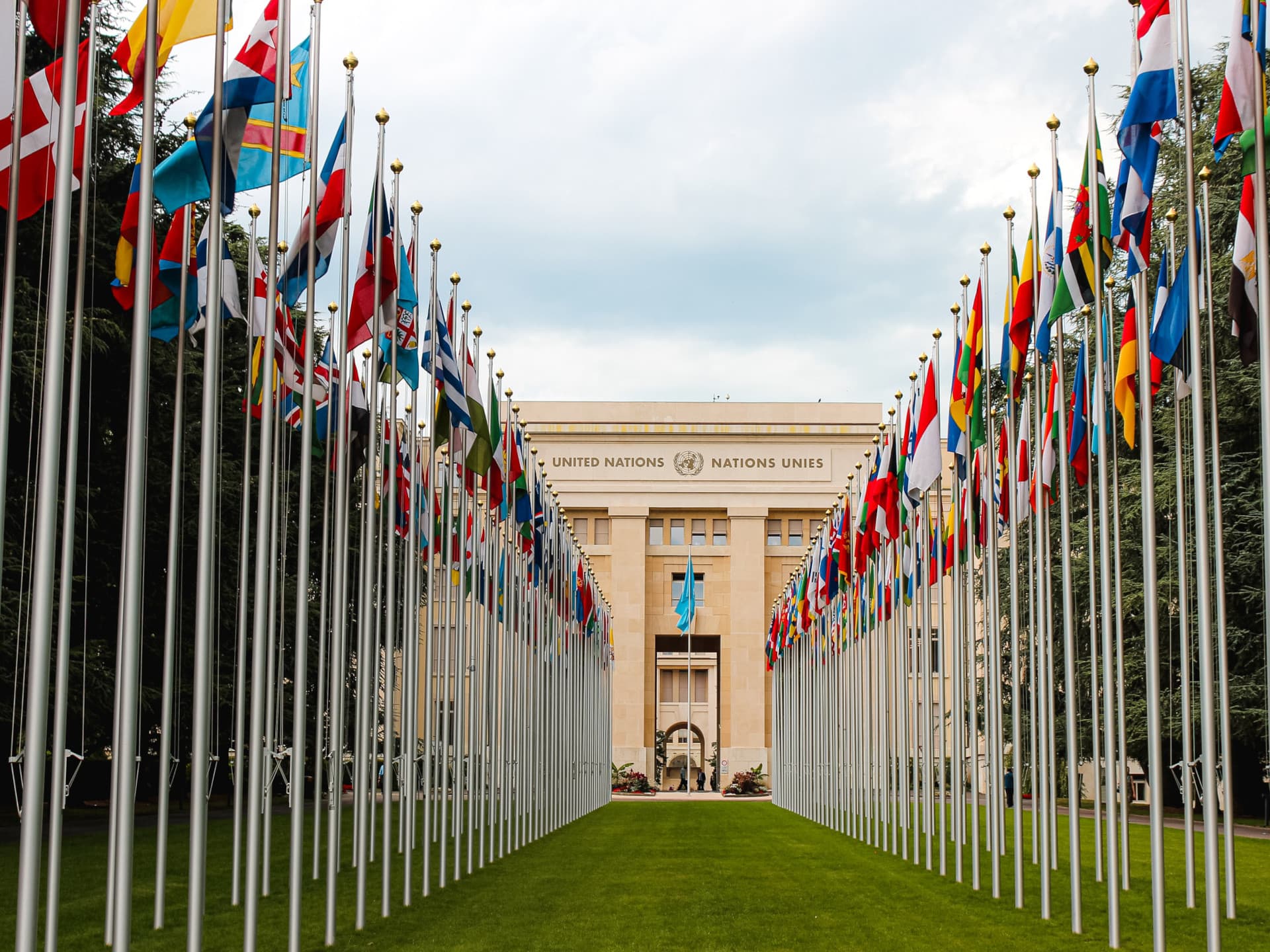
Human rights monitoring mechanisms
The United Nations system has created mechanisms that monitor and examine state parties' compliance with the specific treaty obligations. These mechanisms include the Human Rights Council and bodies created under the international human rights treaties that consist of independent experts.
Most of these bodies receive secretariat support from the Office of the High Commissioner for Human Rights (OHCHR).
For the monitoring of compliance with international humanitarian law, no such mechanisms exist.
Human Rights Council
The Human Rights Council is composed of 47 elected United Nations member states and was set up to prevent abuses, inequity and discrimination, protect the most vulnerable, and expose the perpetrators of human rights violations. The Council established Special Procedures (or mechanisms) to address the situations in specific countries and thematic issues across the globe.
Special Procedures are either an individual – a special rapporteur or representative, or independent expert — or a working group. They are prominent independent experts working on a voluntary basis and are appointed by the Human Rights Council. All report to the Human Rights Council on their findings and recommendations.
Human rights treaty bodies
Human rights treaty bodies - committees of independent experts – are created to monitor compliance with a specific treaties.
Additionally, there are several other United Nations bodies which are concerned with the promotion and protection of human rights.
Regional monitoring and enforcement mechanisms
Beyond the UN system, there are regional systems of international human rights law that complement national and international human rights law by protecting and promoting human rights in specific areas of the world.
There are three key regional human rights instruments: the African Charter on Human and Peoples' Rights; The American Convention on Human Rights; and the European Convention on Human Rights.
